
Восточный Хартфорд Pratt & Whitney (PW) и Boeing просят у Федерального управления гражданской авиации (FAA) больше времени и нормативных исключений, связанных с реконструкцией турбовентиляторов PW4000-112, используемых на Boeing 777.
Этот шаг последовал после многочисленных отказов вентиляторов в полете с участием 777-х самолетов United Airlines (UA) мощностью PW4000, работающих в аэропортах, включая Денвер (DEN), что привело к серьезным повреждениям двигателя, выбросу мусора и, в одном случае, пожару.
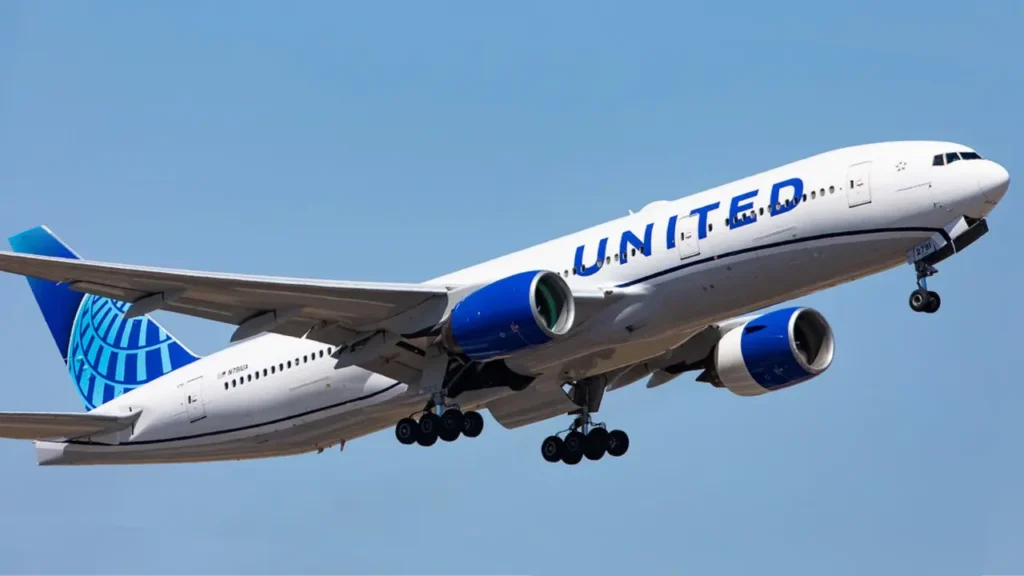 Источник: Clément Alloing
Источник: Clément AlloingBoeing и P&W требуют расширения FAA
25 августа Pratt & Whitney подала запрос в FAA, требуя освобождения от правила тестирования на отказ вентилятора.
Компания утверждает, что это одобрение позволит ей внедрить усовершенствования конструкции PW4000-112, обеспечивая при этом непрерывную эксплуатацию самолетов Boeing 777 в парках крупных американских перевозчиков.
Несмотря на то, что United Airlines не названа, она остается единственным американским оператором 777 с питанием от PW4000 с 52 в обслуживании.
И Boeing, и Pratt & Whitney сталкиваются с дедлайном FAA 4 марта 2028 года, требующим, чтобы все 777 с питанием от PW4000 были модифицированы с утвержденными изменениями конструкции. Этот мандат не распространяется на другие 777 с двигателями GE Aerospace GE90 или Rolls-Royce Trent.
В мае Boeing запросил дополнительные пять лет, что приведет к дате соответствия до 4 марта 2033 года, сославшись на сложность редизайна и ограниченную пропускную способность ремонтных цехов.
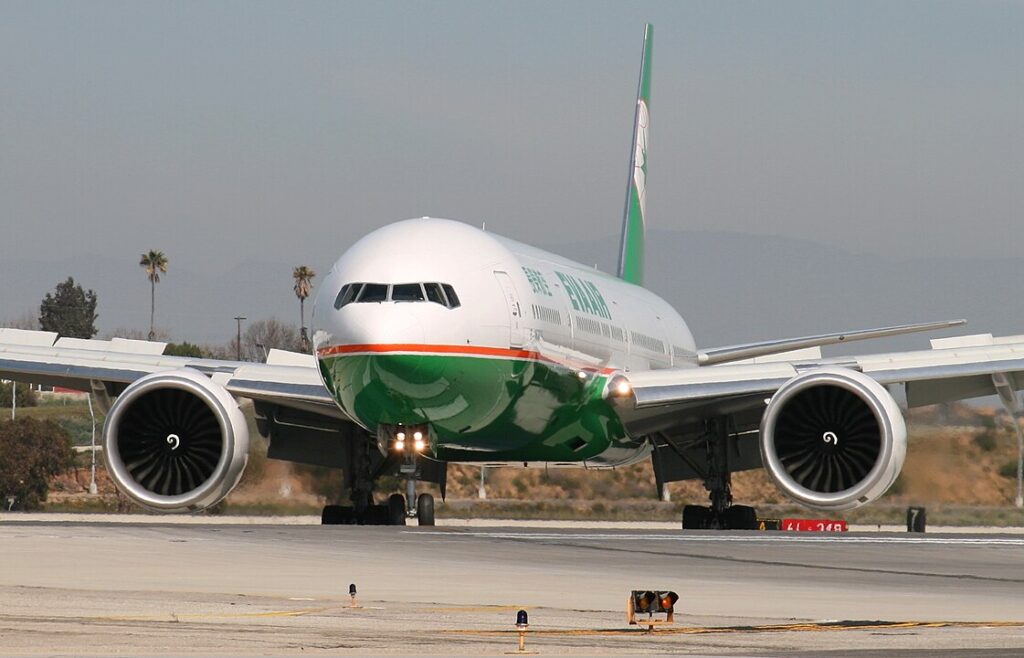 Фото: John Murphy - Flickr, CC BY-SA 2.0, https://commons.wikimedia.org/w/index.php?curid=31532724
Фото: John Murphy - Flickr, CC BY-SA 2.0, https://commons.wikimedia.org/w/index.php?curid=31532724Совместные усилия по редизайну
Обе компании ищут совместное решение. Pratt & Whitney отвечает за обновления оборудования в двигателе, в то время как Boeing перепроектирует впускные и гондолы конструкции, чтобы выдержать вентилятор-лезвие событий.
Эти изменения основаны на ранее одобренных FAA в 2022 году временных мерах, которые позволили авиакомпаниям вернуть наземные 777-е в эксплуатацию после инцидента с United Airlines в 2021 году.
По словам Boeing, редизайн включает в себя обновления системы крепления корпуса двигателя, чтобы предотвратить разделение фланца и модификации внешнего оборудования, направленные на снижение серьезности возгораний двигателя.
Pratt & Whitney, дочерняя компания RTX, подчеркивает, что новый дизайн будет поддерживать эквивалентный уровень безопасности, несмотря на запрошенное нормативное исключение.
 Источник: NTSB Via Reuters
Источник: NTSB Via ReutersИнциденты безопасности Это вызвало действие
Три серьезных отказа вентилятора выявили уязвимости в двигателях PW4000-112. Наиболее заметный инцидент произошел в феврале 2021 года, когда рейс 328 авиакомпании United Airlines, 777-200, получил перелом лезвия вскоре после взлета из Денвера.
Двигатель получил серьезные структурные повреждения, вызвал пожар и разбросал мусор по жилому району.
Исследования, проведенные Национальным советом по безопасности на транспорте (NTSB), показали, что неисправность лезвия связана с усталостью металла. Аналогичные сбои, связанные с PW4000, были зафиксированы в 2018 году с другим самолетом United Airlines 777-200, а в 2020 году с самолетом Japan Airlines (JL) 777-200.
Каждое мероприятие привело к тому, что регулирующие органы в США, Великобритании и Японии заземлили 777 с питанием от PW4000 в ожидании программ проверки и модификации.
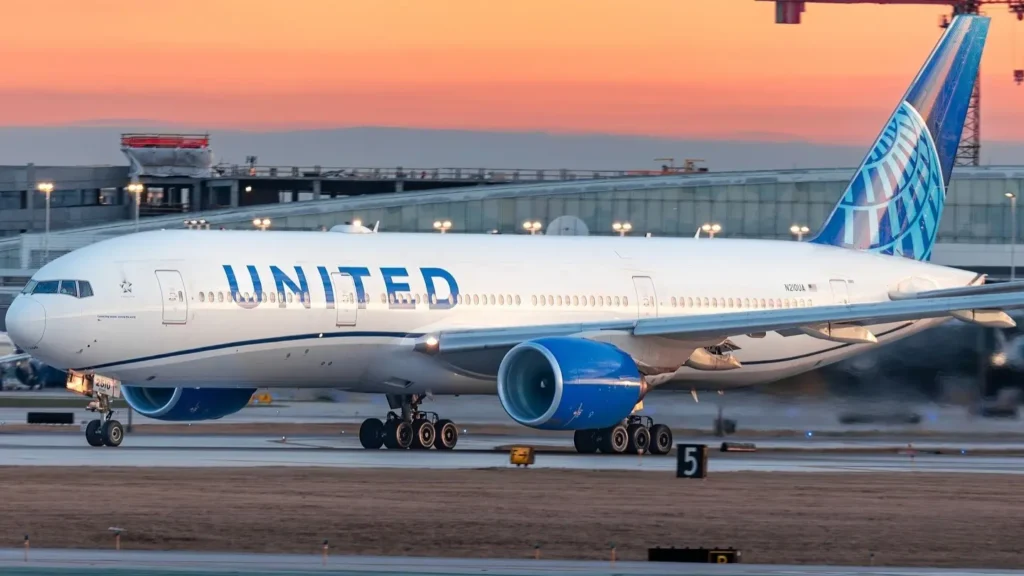 Источник: Cado Photo
Источник: Cado PhotoFAA надзор и ответ промышленности
FAA первоначально предоставила Boeing до марта 2027 года для завершения изменений в дизайне, а авиакомпании должны были выполнить их к марту 2028 года. Тем не менее, Boeing и Pratt & Whitney утверждают, что для определения полностью совместимого интегрированного решения требуется больше времени.
Ассоциация пилотов воздушных линий (ALPA) выразила обеспокоенность по поводу продления срока еще на пять лет, утверждая, что постоянное исправление должно быть ускорено. United Airlines, однако, поддерживает продление, называя текущий срок нереалистичным с учетом масштаба необходимых изменений.
Представители FAA признали сложность запроса и указали, что окончательные решения об исключениях могут занять больше времени, чем стандартный 120-дневный период рассмотрения.
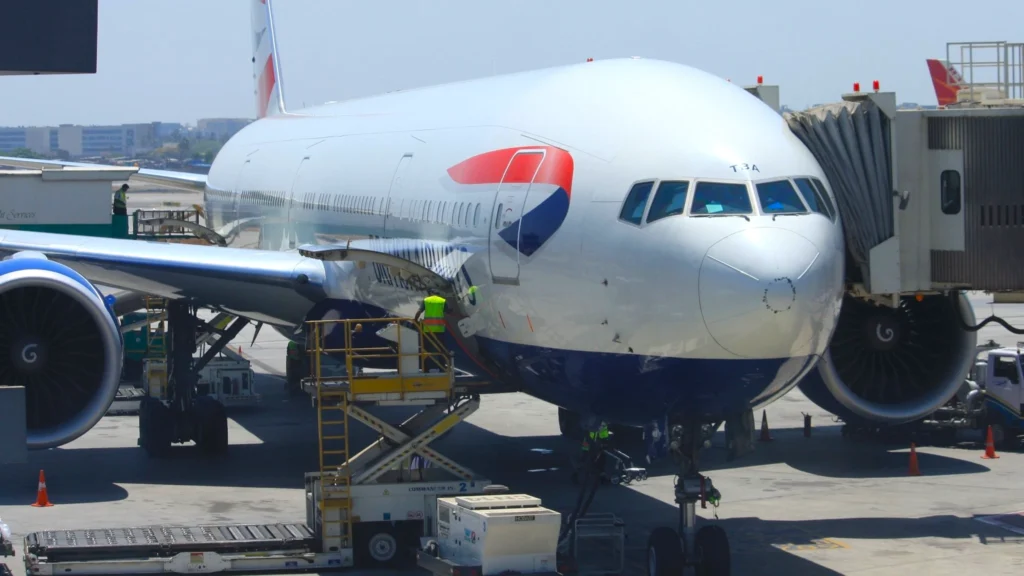 Фото: Эндрю Томас | Flickr
Фото: Эндрю Томас | FlickrЧто это значит для авиакомпаний и пассажиров
На данный момент PW4000 Boeing 777 остается на вооружении в строгом режиме проверки. Регуляторы, авиакомпании и производители выровнены по приоритету безопасности, но сроки для постоянных исправлений дизайна остаются в движении.
Результат этих запросов FAA об освобождении от ответственности определит, смогут ли такие операторы, как United Airlines, продолжать летать на этих широкофюзеляжных самолетах без сбоев, пока процесс редизайна продолжается в следующем десятилетии.
Оставайтесь с нами. Следуйте за нами в социальных сетях для последних обновлений.
Присоединяйтесь к нам в Telegram Group для последних обновлений авиации. Следуйте за нами в Google News
Расширения Boeing и P&W Seek FAA на 777 Engine Redesign впервые появились на Aviation A2Z.

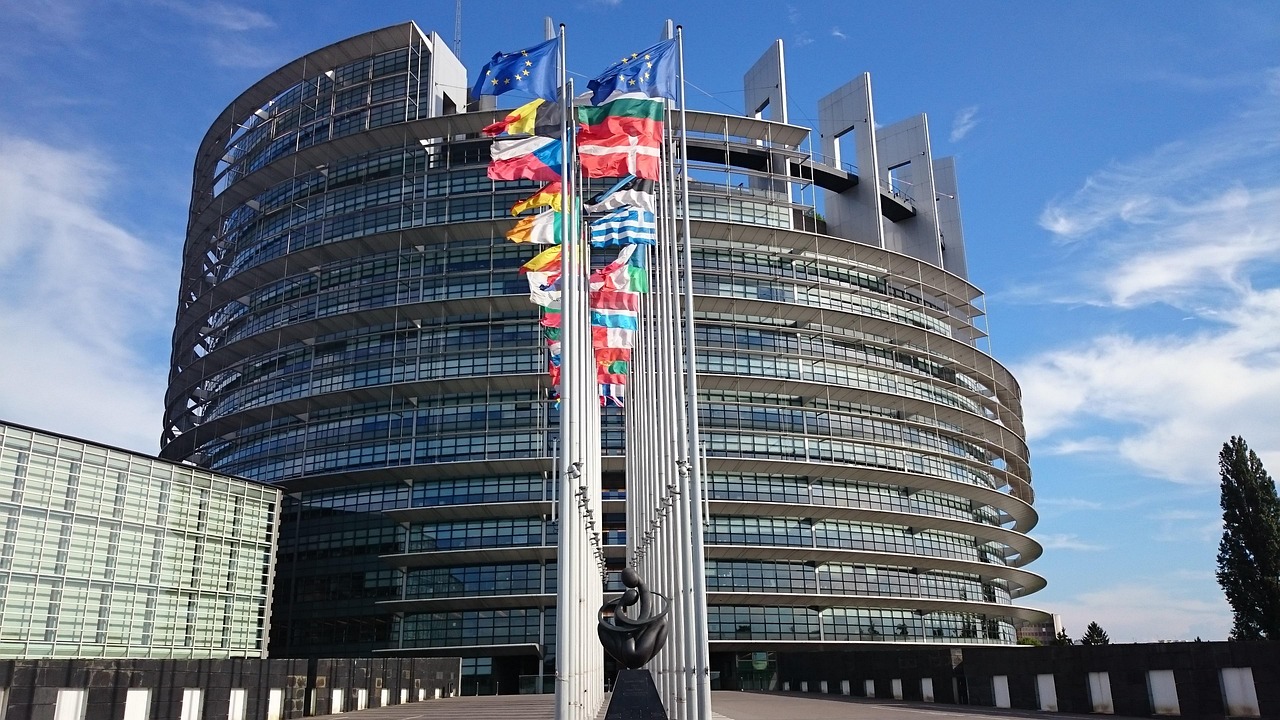




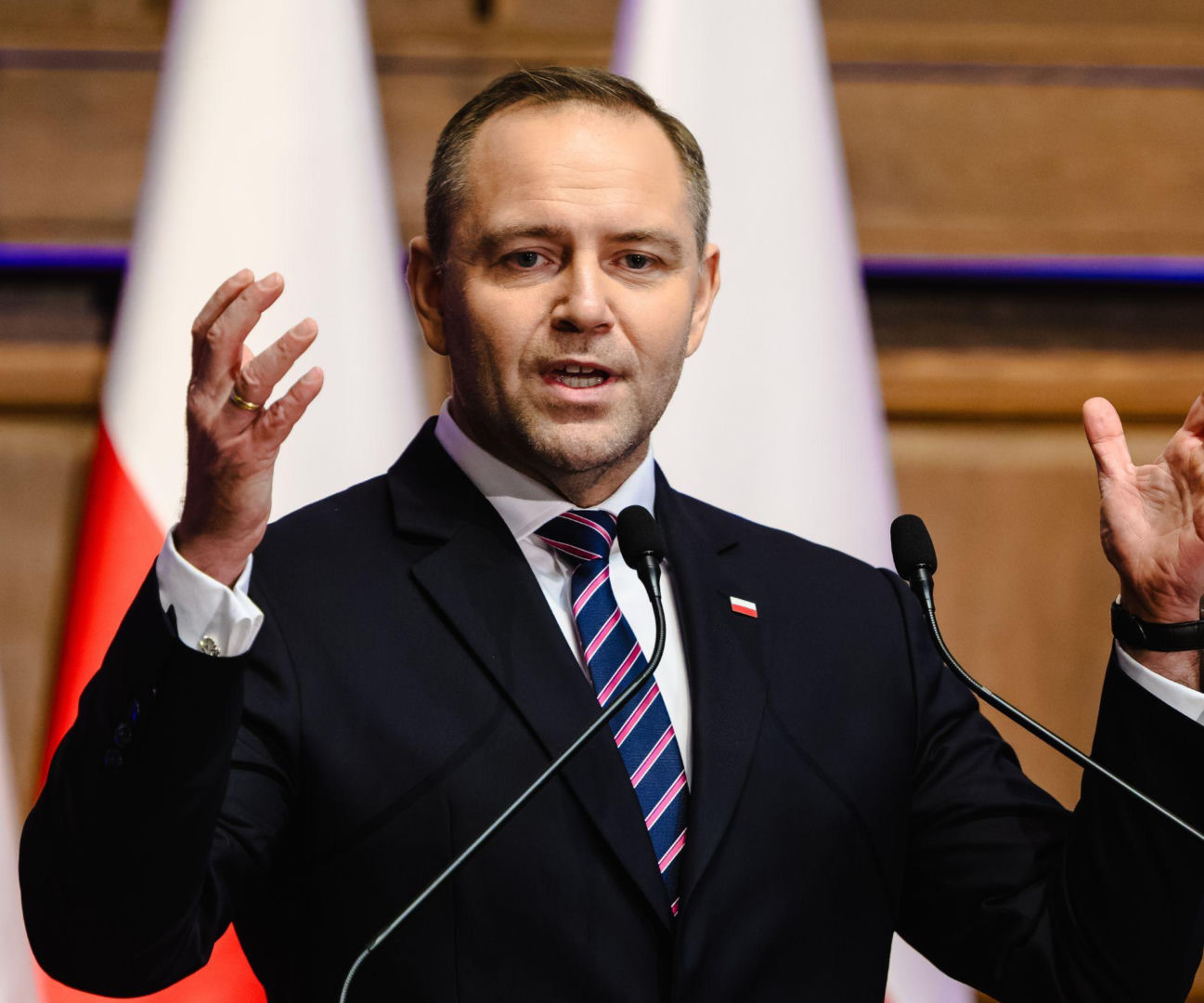


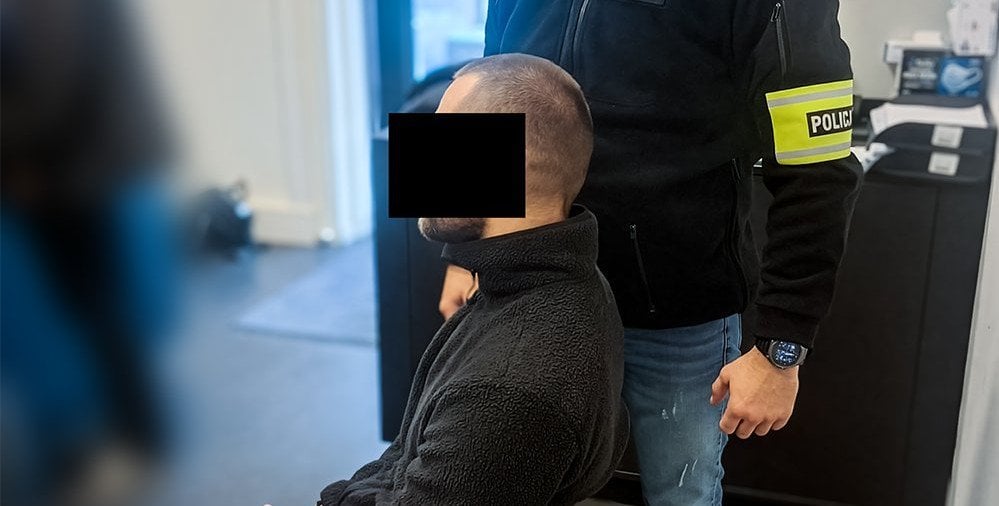



![„Zaparkował” srebrną Corsę na środku ronda. Okazało się, iż 19-latek nie miał prawa jazdy [ZDJĘCIA]](https://storage.googleapis.com/poludniowaoficyna-pbem/zwielkopolski24/articles/image/93f54e5a-0442-432e-9ccc-7e5a2604524c)